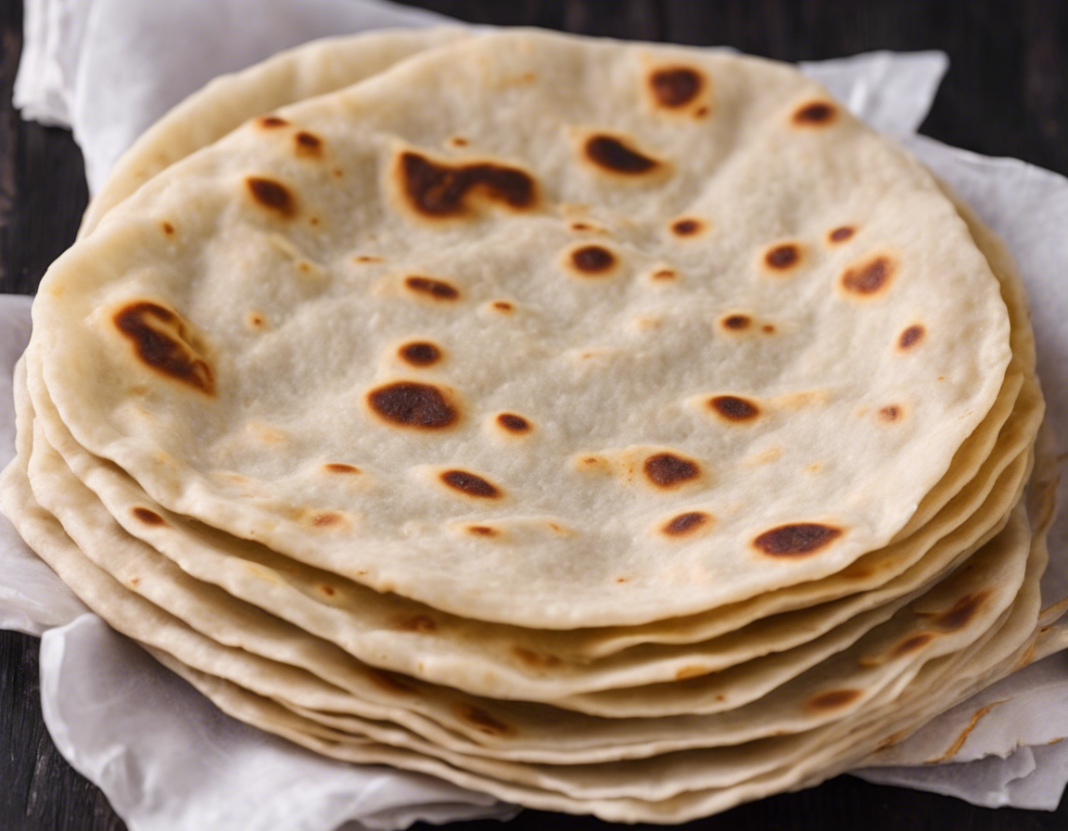Introduction:
When it comes to maintaining a healthy lifestyle, counting calories is an essential practice. Understanding the caloric content of common foods can help individuals make informed decisions about their diets. Roti, a staple in many South Asian countries, is a type of unleavened bread that is commonly consumed with meals. In this article, we will explore the caloric content of roti and provide insights on how it can fit into a balanced diet.
What is Roti?
Roti is a traditional flatbread that is made from whole wheat flour, water, and salt. It is a popular staple in countries such as India, Pakistan, Bangladesh, and Nepal. Roti is nutritious and versatile, making it a common choice for meals throughout the day.
Caloric Content of Roti:
The number of calories in a roti can vary depending on its size and thickness. On average, a 6-inch diameter roti contains approximately 70-80 calories. Larger rotis or those made with added ingredients like ghee (clarified butter) may contain more calories. Understanding the caloric content of roti can help individuals portion control and make healthier choices.
Nutritional Benefits of Roti:
Roti is a good source of carbohydrates, fiber, and protein. Whole wheat flour, the main ingredient in roti, is rich in complex carbohydrates that provide a steady source of energy. Additionally, the fiber content in roti promotes digestive health and helps keep you feeling full for longer periods. Protein from the wheat flour aids in muscle repair and maintenance.
Incorporating Roti into a Balanced Diet:
When consumed in moderation, roti can be a healthy addition to a balanced diet. Pairing roti with protein-rich dishes such as lentils, chickpeas, or lean meats can create a nutritionally balanced meal. Including vegetables and healthy fats in conjunction with roti can further enhance its nutritional value.
Calorie Counting Tips for Roti:
– Measure the size of the roti to estimate the calorie content accurately.
– Opt for whole wheat roti over refined flour versions for added nutritional benefits.
– Use portion control when consuming roti to manage calorie intake effectively.
– Limit the consumption of high-calorie accompaniments such as butter or ghee with roti.
Frequently Asked Questions (FAQs):
Q1: Is roti healthier than rice?
A: Roti and rice both have their own nutritional benefits. Roti is typically lower in calories and higher in fiber and protein compared to white rice. Whole grain roti is often considered a healthier choice due to its nutrient content.
Q2: Can roti help with weight loss?
A: When consumed in moderation as part of a balanced diet, roti can support weight loss goals. Paying attention to portion sizes and choosing healthy accompaniments can aid in managing caloric intake.
Q3: How many rotis should one person consume in a day?
A: The number of rotis one should consume in a day depends on individual caloric needs and dietary goals. Monitoring portion sizes and balancing roti with other food groups is key to healthy eating.
Q4: Does the method of cooking roti affect its calorie content?
A: The method of cooking roti, such as roasting or pan-frying, can impact its calorie content. Dry roasting roti is generally a healthier cooking method compared to frying with oil.
Q5: Are there any variations of roti with different calorie levels?
A: Yes, there are variations of roti that may have different calorie levels. For example, multigrain roti made with different flours may contain varied amounts of calories compared to traditional whole wheat roti.
Q6: Can roti be included in a gluten-free diet?
A: Traditional roti made from whole wheat flour contains gluten. However, there are gluten-free alternatives such as buckwheat roti or rice flour roti that can be included in a gluten-free diet.
Conclusion:
In conclusion, understanding the calorie content of roti is essential for maintaining a healthy diet. By incorporating roti in moderation alongside nutrient-dense foods, individuals can enjoy its nutritional benefits without compromising their health goals. Portion control and dietary balance are key factors to consider when including roti in daily meals. By making informed choices, individuals can leverage the nutritional value of roti as part of a healthy lifestyle.












